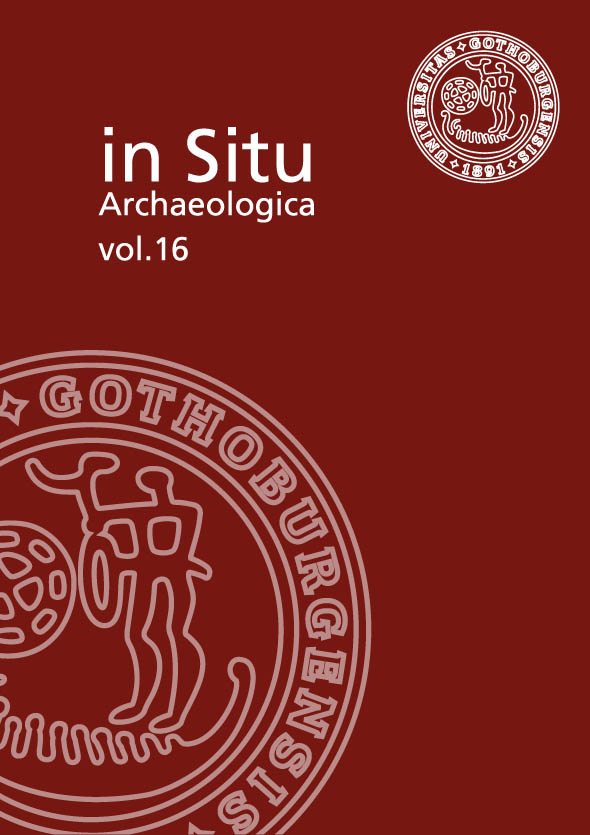Governed by Grief, Fear and Reverence: Dealing with the Dead and the Buried during the Middle Neolithic on Gotland
DOI:
https://doi.org/10.58323/insi.v16.10972Nyckelord:
The Middle Neolithic, Human burials, Gotland, ArchaeologyAbstract
The Middle Neolithic sites on Gotland are characterized by variety in the handling of human remains. In addition to burials with complete and intact skeletons and package-burials, some contexts contain mutilated bodies, or they contain a few human bones or none. These practices have previously been interpreted as resulting from modern disturbances such as ploughing or pre-depositional treatment of dead bodies. Based on re-examination of the field documentation and C14-dates, I argue that the diverse ways of treating human skeletal remains represent post-depositional practices, and I propose that part of the mortuary practices was to reopen graves and exhume bones. During the Middle Neolithic, death might have been conceptualized as a process, and treatment of the dead and the buried could have been governed by a variety of emotions like grief, fear and reverence.
Nedladdningar
Downloads
Publicerad
Referera så här
Nummer
Sektion
Licens
Copyright (c) 2023 Helena Andersson

Detta verk är licensierat under en Creative Commons Erkännande-IckeKommersiell 4.0 Internationell-licens.
Författare som bidrar till In Situ Archaeologica har givit sitt medgivande att publicera sina artiklar under en Creative Commons-licens. Den ger tredje part vissa rättigheter till att nyttja materialet. Rättigheterna styrs av vilken licens verket är publierad under. Det åligger tredje part att sätta sig in i verkets creative common licens innan materialet används i eget syfte. Det är alltid författaren som har copyright till verket och allt nyttjande av tredje part förutsätter att ett tydligt erkännande ges till verkets upphovsperson, att en länk till licensen tillhandahålls.



